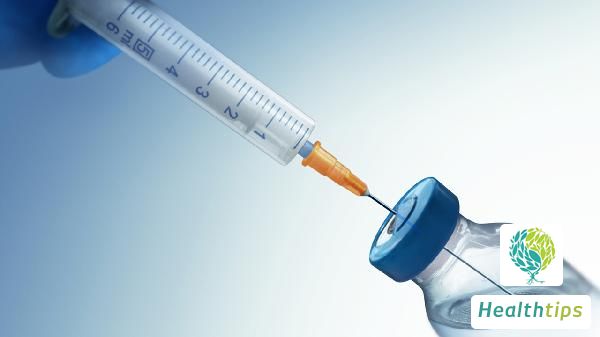What Are the Benefits and Drawbacks of Trioxygen Therapy?
Trioxygen, also known as ozone, derives its name from its chemical formula. Oxygen is represented as O2, while ozone is represented as O3. Ozone has numerous applications and can be used to treat various medical conditions. Given that ozone is a gas, it offers significant advantages in treating diseases. However, it is essential to consider both the benefits and drawbacks of this therapy. Let's explore the advantages and disadvantages of trioxygen therapy.

Benefits of Trioxygen Therapy:
Trioxygen therapy, also known as trioxygen autohemotherapy or immune trioxygen blood transfusion, involves withdrawing 100ml of the patient's venous blood into a disposable antioxidant-specific blood bag. Freshly prepared medical trioxygen of the same volume is then injected into the blood bag. After thorough mixing, the blood is retransfused into the patient's body. This treatment method offers several benefits:
- Helps detoxify the liver and eliminate viruses, bacteria, and other pathogenic microorganisms. Due to the protection provided by cell membranes, it is harmless to healthy cells, especially effective against viral diseases.
- Stimulates the proliferation of white blood cells, activates red blood cells, promotes the diffusion of oxygen from the blood to cells, increases blood oxygen saturation, improves blood circulation, and activates cell metabolism.
- Oxidizes and degrades metabolic products and pain-causing factors, decomposes waste and toxic substances produced by the body, and promotes the excretion of harmful substances.
- Regulates the antioxidant capacity and immune system of the body, activates normal metabolism, and has regenerative and repair capabilities for cells.
Drawbacks of Trioxygen Therapy:
- Exposure to ozone concentrations of 0.012ppm, which is typical in many cities, can cause skin irritation, irritation of the eyes, nose, and throat, and lung function impairment, leading to symptoms such as coughing, shortness of breath, and chest pain.
- When ozone is inhaled into the respiratory tract, it quickly reacts with the cells, fluids, and tissues, resulting in reduced lung function and tissue damage.
- For individuals with asthma, emphysema, and chronic bronchitis, the harmful effects of ozone are more pronounced.
It is crucial to weigh the benefits and drawbacks of trioxygen therapy carefully before undergoing this treatment.



















